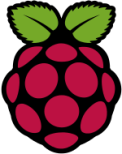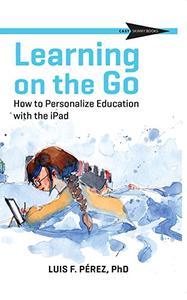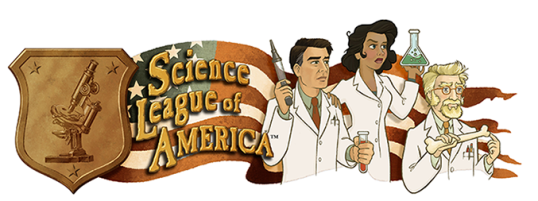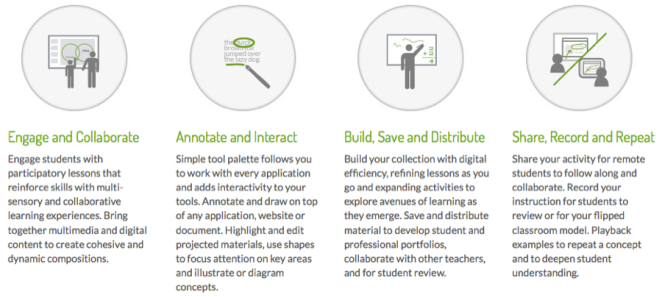
The Raspberry Pi is a series of credit card–sized single-board computers developed in England, United Kingdom by the Raspberry Pi Foundation with the intent to promote the teaching of basic computer science in schools and developing countries. The original Raspberry Pi and Raspberry Pi 2 are manufactured in several board configurations through licensed manufacturing agreements, The hardware is the same across all manufacturers. In February 2016, the Raspberry Pi Foundation announced that they had sold eight million devices, making it the best selling UK personal computer, ahead of the Amstrad PCW.
Kids can use these inexpensive computers ( often <$50/per machine) to learn about computers or coding. Here are a couple of books that present processes and project to do both.
Title: Raspberry Pi for Kids For Dummies
Author: Richard Wentk
2015 | 352 Pages | ISBN: 1119049512

Raspberry Pi For Kids For Dummies makes it easy for kids to set“up, operate, and troubleshoot like a Pi pro! Introducing you to Pi through a series of entertaining and inspiring projects, this handy, step“by“step guide shows you how to write computer games, build websites, make art and music, create electronic projects, and much more! From downloading the operating system and setting up your Raspberry Pi to creating art in Tux Paint and designing games with Scratch, everything you need to have fun with Pi is inside!Raspberry Pi For Kids For Dummies leaves the confusing tech talk behind and explains in plain English how to unleash all the cool possibilities of Pi, like playing Minecraft in Python, using HTML to make a website, managing and customizing your Raspberry Pi, playing music with Sonic Pi, and understanding and playing with the GPIO.If you²re aspiring computer programmer age 8“18 and want to start having fun with Pi, look no further  than Raspberry Pi For Kids For Dummies.
than Raspberry Pi For Kids For Dummies.
Here is another, recent periodical that addresses the same phenomena.
Title: Raspberry Pi Projects for Kids 2nd Edition
Author: Daniel Bates
2015| ISBN: 1783982225 | 96 pages

Technology today is growing rapidly, with all sorts of cool gadgets, applications, and games made thanks to the rise of computer programming. The Raspberry Pi is a crafty device that has promoted the teaching of basic computer science in schools, catching the attention of both young and old. Although learning to program offers a unique set of skills that allows you to explore your creative side, it has its own challenges, which may mean you will need a helping hand.
This handy guide will launch you into the world of computer programming by showing you how to build your own amazing applications. Raspberry Pi Projects for Kids contains several awesome projects for you to get hands-on with, including creating your own games, crafting your own simple electronics, and making your own interactive map. By learning how to use Scratch and Python in your programming, you will be a computer scientist in no time!
After you have become comfortable with setting up and playing with your Raspberry Pi, you will be transported into this exciting world of technology, where you will get to grips with using Scratch, Raspberry Pi s official programming language, in order to develop your own version of Angry Birds! After connecting new circuitry, lights, and switches to your Raspberry Pi, you will then get to use Scratch to create your own reaction game. See for yourself who s the quickest off the mark!)You will finally get to step things up by developing an interactive map of your own hometown using the Python programming language. You will be working for Google before you know it!
This book will teach you everything you need to know about using your Raspberry Pi in order to develop your own games, applications, and electronic circuits. It s time to have your Pi and eat it, because you will be able to create virtually anything you like.
Note: All the books presented in this blog. Include the original cover and review provided by the publisher. This information is used to accurately promote and show respect for these resources, the authors and the publishers.















 than Raspberry Pi For Kids For Dummies.
than Raspberry Pi For Kids For Dummies.